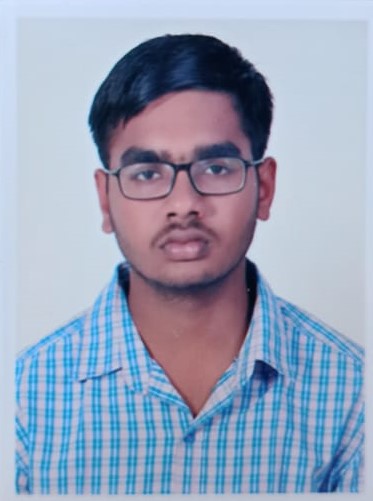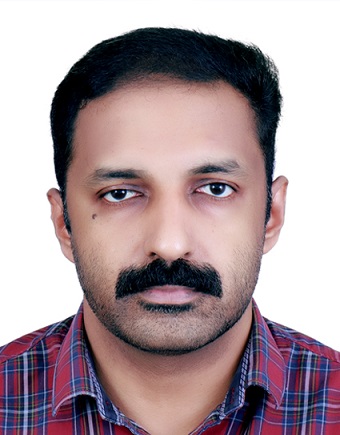Course abstract
Deep learning is a genre of machine learning algorithms that attempt to solve tasks by learning abstraction in data following a stratified description paradigm using non-linear transformation architectures. When put in simple terms, say you want to make the machine recognize Mr. X standing in front of Mt. E on an image;; this task is a stratified or hierarchical recognition task. At the base of the recognition pyramid would be features which can discriminate flats, lines, curves, sharp angles, color;; higher up will be kernels which use this information to discriminate body parts, trees, natural scenery, clouds, etc.;; higher up it will use this knowledge to : recognize humans, animals, mountains, etc.;; and higher up it will learn to recognize Mr. X and Mt. E and finally the apex lexical synthesizer module would say that Mr. X is standing in front of Mt. E. Deep learning is all about how you make machines synthesize this hierarchical logic and also learn these representative features and kernels all by itself. It has been used to solve problems like handwritten character recognition, object and product recognition and localization, image captioning, generating synthetic images to self driving cars. This course would provide you insights to theory and coding practice of deep learning for visual computing through curated exercises with Python and PyTorch on current developments.
Course Instructor

Prof. Debdoot Sheet
Debdoot Sheeet is an Assistant Professor of Electrical Engineering at the Indian Institute of Technology Kharagpur and founder of SkinCurate Research. He received the MS and PhD degrees in computational medical imaging and machine learning from the Indian Institute of Technology Kharagpur in 2010 and 2014 respectively. He was a DAAD visiting PhD scholar to TU Munich during 2011-�12. His research interests include deep learning and domain adaptation, computational medical imaging, image and multidimensional signal processing, surgical analytics and informatics, visualization and augmented reality technology design. He has widely published in journals including Medical Image Analysis (MedIA), and conferences like the IEEE International Symposium on Biomedical Imaging (ISBI). He is a member of IEEE, SPIE, ACM, IUPRAI and BMESI and serves as an Editor of IEEE Pulse since 2014.
Teaching Assistant(s)
No teaching assistant data available for this course yetCourse Duration : Sep-Dec 2020
View Course
Enrollment : 20-May-2020 to 21-Sep-2020
Exam registration : 14-Sep-2020 to 02-Nov-2020
Exam Date : 20-Dec-2020
Enrolled
2750
Registered
59
Certificate Eligible
47
Certified Category Count
Gold
2
Silver
11
Elite
16
Successfully completed
18
Participation
7
Legend
AVERAGE ASSIGNMENT SCORE >=10/25 AND EXAM SCORE >= 30/75 AND FINAL SCORE >=40BASED ON THE FINAL SCORE, Certificate criteria will be as below:
>=90 - Elite + Gold
75-89 -Elite + Silver
>=60 - Elite
40-59 - Successfully Completed
Final Score Calculation Logic
- Assignment Score = Average of best 8 out of 12 assignments.
- Final Score(Score on Certificate)= 75% of Exam Score + 25% of Assignment Score
Enrollment Statistics
Total Enrollment: 2750
Registration Statistics
Total Registration : 59
Assignment Statistics
Exam score
Final score
.jpg)
.jpg)
.jpg)
.jpg)

